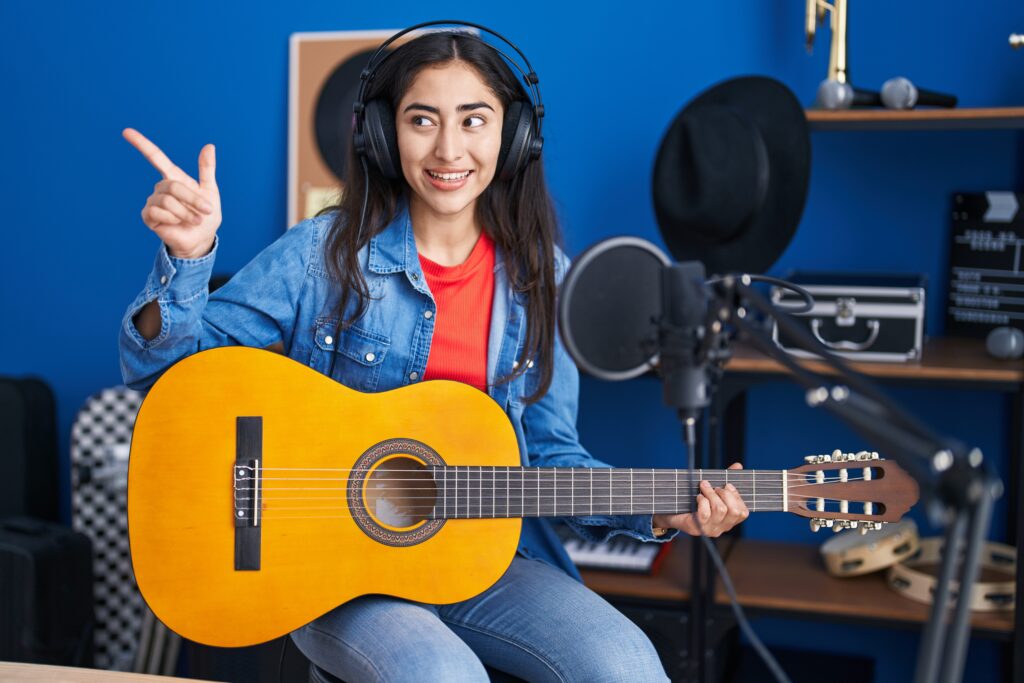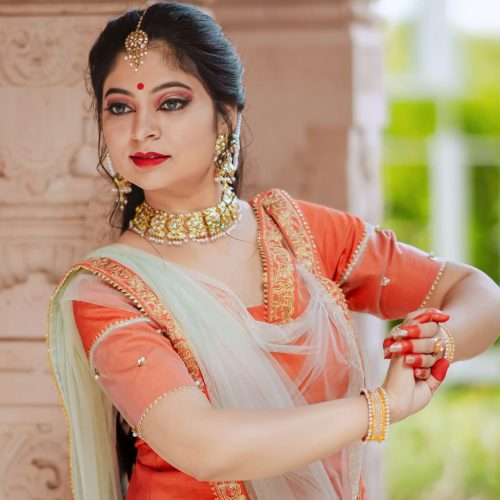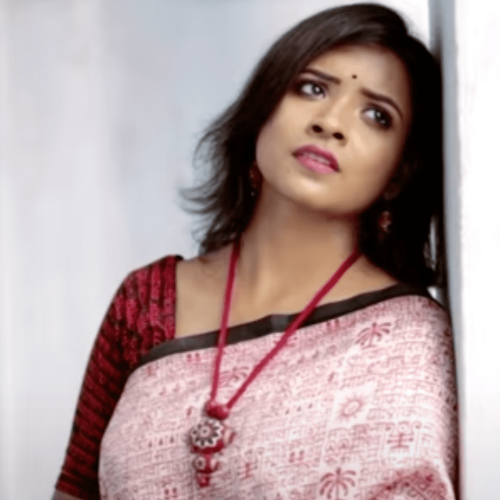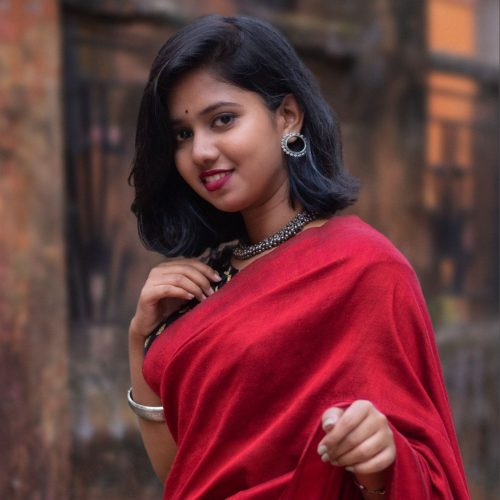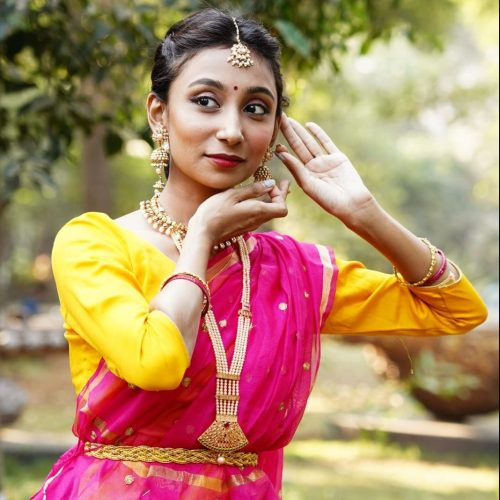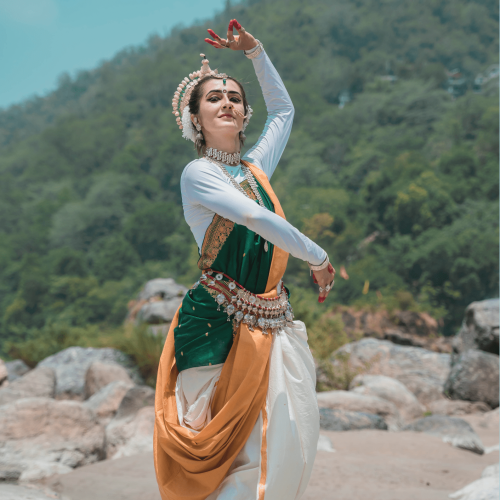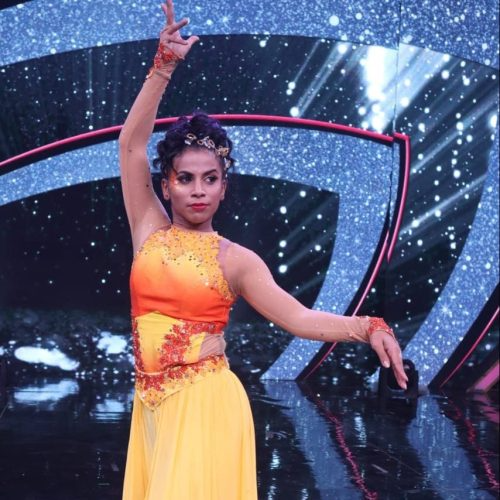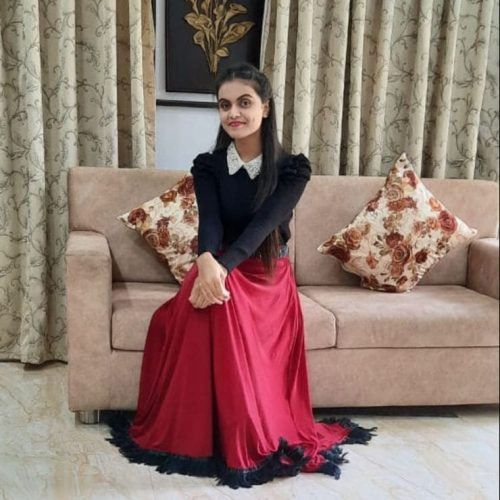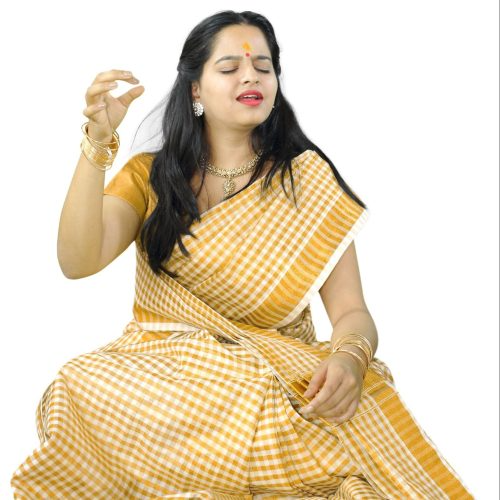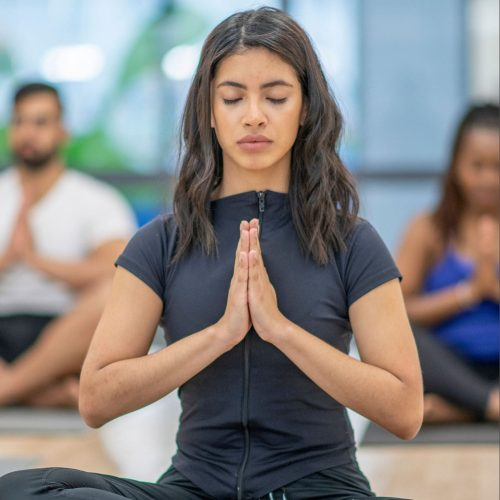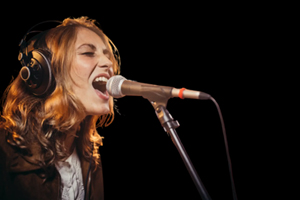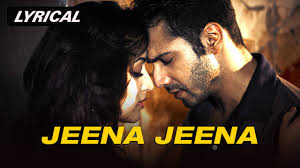
Importance of Taal and Laya in Indian Classical Music
- February 3, 2025
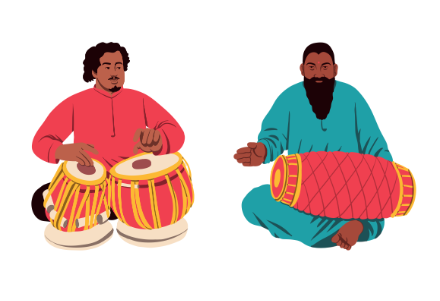
Taal and Laya are the foundational structures of Indian classical music. This blog explores how they are important by first understanding what are Taal and Laya. Then we will look at how they are connected and play an important role. We shall then explore their importance through classical songs of India.
Can you imagine a world without rhythm to it? Everything will feel chaotic and out-of-balance without a steady rhythm, won’t it? That is exactly how rhythm is applicable to music, especially in the context of Indian classical music.
The rhythm is the backbone of any musical piece; without it, music is incomplete. Whenever we listen to music, in a way it makes us groove and sway, matching the song’s rhythm. To make this happen, Taal and Laya are used in Indian classical music to maintain a rhythm.
Now let us understand the concepts of Taal and Laya in the context of Indian classical music:
What is Taal in Indian Classical Music?
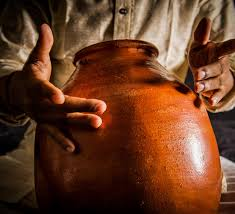
Taal is an arrangement of particular beats in a rhythmic cycle. These beats are called “matras,” and each matra is represented by various syllables that are distanced equally from one another. Taal in Indian classical music is a cyclic pattern that is repeated throughout the performance. There are various Taals, and they all differ in the number of matras as well as their bol (syllables).
These Taals are also divided into sections, which usually differ according to their number of beats and also have marked stressed and unstressed beats. The stressed beat is marked with a tali (clap), and the specifically unstressed beat is marked with a khali (wave). The first matra of a Taal is called the sam, which is important as it marks the beginning of the Taal and is the most emphasised one as it also helps to synchronise the music to the rhythm. (Missing the sam can also be considered “off-beat.”)
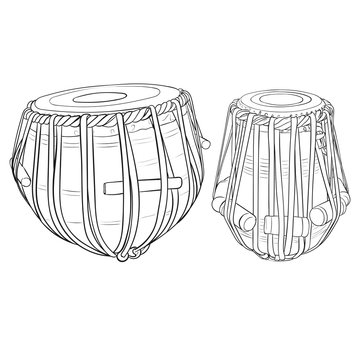
Take, for instance, the TriTaal (or TeenTaal) of 16 matras, which is divided into 4 vibhags (sections) with four beats. It has its sam on the first matra, along with Taali on the 1st, 5th, and 13th matras and a khali on the 9th matra. Its bol are:
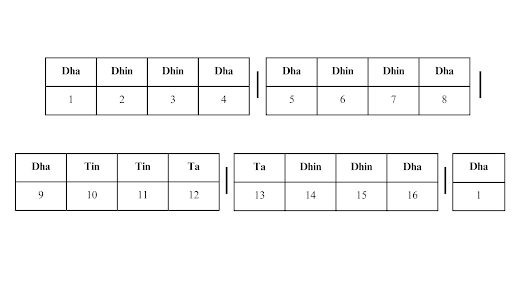
The last “dha,” which is the first matra of the Taal, is repeated again to emphasise the end of the Taal, completing a circle by returning to the sam (point zero).
Taal in Indian classical music is a cyclic pattern that is repeated throughout the performance, and therefore these details are necessary. This allows the musicians to stay in rhythm while improvising, as they provide a framework to pick up the music and not stray from the flow.
Laya in Indian Classical Music:
The speed of this Taal is determined by its Laya. It is the distance between two swaras or matras that determines the speed. To put it directly, it is the tempo of the Taal. In Indian classical music, Laya is classified into three categories: vilambit Laya (slow tempo), madhya Laya (medium tempo), and drut Laya (fast tempo). Different kinds of Laya allow for different styles to be performed.
These Layas don’t have a universal speed reserved for them, as it depends upon the gharanas style as well as the subjective style of the musician. However, taking the example of presenting a raag, it begins with vilambit khyal; its tempo is slow enough to measure four beats in one matra, and this goes for every matra of the Taal. It’s at its slowest tempo while singing Aalapi, a medium tempo during Sargam, and a faster tempo during Taana. It is similar in both madhya Laya and drut Laya; it is the tempo as well as the style of the Taal that changes.
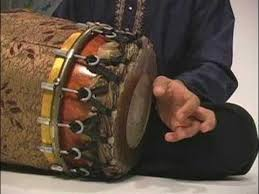
Importance of Taal (rhythm) and Laya (tempo):
We saw how Taal and Laya are woven into the world of music, and without them, the whole structure collapses. Rhythm is the basic foundation on which music is based, be it Indian classical music or any other. It is a carefully planned system. Let’s see how it is important in the world of Indian classical music:
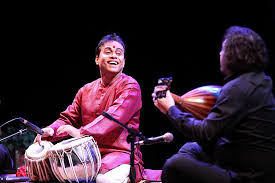
- It provides structure and order, which allows the musicians to present their skill of both performing and of understanding the Taal, as it also needs practice to know when one should start the song.
- Rhythm in music is a common language that enables synchronisation between artists, enabling smooth transitions of any kind. There are specific gestures a vocalist can use to ask their percussionist for a change in Laya as well!
- Different Layas of the Taal bring out different emotions, which enhances the musical experience. For instance, slow and melodic rhythms are often associated with genres like ghazals, and fast or uneven-sounding Taal at times could also portray anger.
- It builds a connection between the performers and the audience, as the audience is usually seen being lost in the rhythm of the song, clapping their hands in sync with the rhythm of the music, and even swaying their bodies accordingly.
- The rhythmic aspect of music also brings in the possibilities of creating fusions either in the music itself or amongst the musicians.
Classical Songs of India:
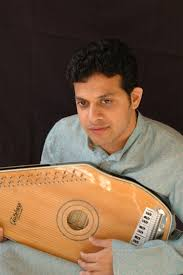
One of the most renowned Indian Bollywood choreographers, Vaibhavi Merchant, is renowned for her ability to combine modernity and tradition. Being the granddaughter of B. Hiralal, a legendary Bollywood choreographer, she is popular among audiences and directors because of her ability to create visually breathtaking dance sequences and give her choreography a deeper narrative.
The song “Dhol Baaje” from Hum Dil De Chuke Sanam, which she choreographed for the first time as an independent artist in 1999, won her a National Film Award for Best Choreography and made her a well-known personality in the field. “Kajra Re” from Bunty Aur Babli, dance duet “Dola Re Dola” from Devdas, the intricately choreographed “Jhoom Barabar Jhoom,” and “Ghagra” from Yeh Jawaani Hai Deewani are some of her most famous works. She has received numerous awards, including several Filmfare Awards for Best Choreography, for her contributions to dance and choreography.
As we’ve seen, Taal and Laya play a very crucial role in the aspect of Indian classical music and add to the beauty of it. All songs are incomplete without a rhythm, which is what gives them life. Classical songs of India are built on the base of raag and Taal, with the blend of intricately woven Laya.
Changing the Laya according to the need of the style plays a very crucial role in the classical aspect, particularly in the khyal gayaki. The tempo (Laya) for aalap, sargam, and taan increases in a gradual manner necessary for the particular style. “Sakhi Man Lagena,” a beautiful rendition of Raag Bageshree, sung by Mahesh Kale, portrays the coordination of Taal and Laya necessary for Khyal gayan. A tillana is incomplete without the intricate rhythms of the Taal and its lively tempo. Theyre typically performed in a madhya or drut Laya, and there may be certain variations in the Laya to add in variations as a part of the song. The “Kalinga Nartan Tillana” by Aruna Sairam is a great example of understanding this.
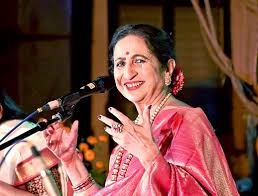
Dhrupad gayaki, Kritis and Kirtan, Thumri and Tappa, etc. are a few more styles through which we understand how crucial Taal and Laya are in the context of Indian classical music.
Conclusion
Everything in our universe has a fixed structure, which helps maintain the flow of all the events. Similarly, Taal is the structure that helps maintain the musical rhythm. And the speed or flow of this rhythm is determined by the Laya, allowing variations to the Taal. Taal and Laya are the connections that bind a musical performance together. They give music its structure, be it a slow and steady rhythm or a fast-paced rhythm. They are essential to music, especially a style like Indian classical music.
Related Blogs
- All Posts
- Singing
- Hindustani Vocal

